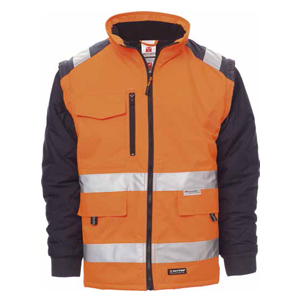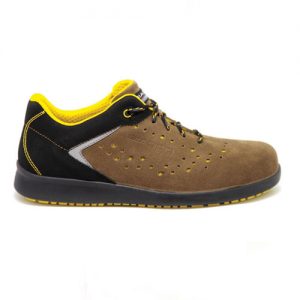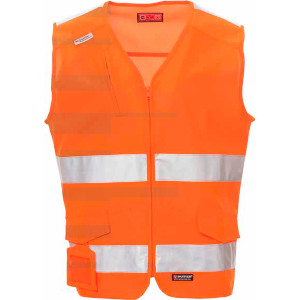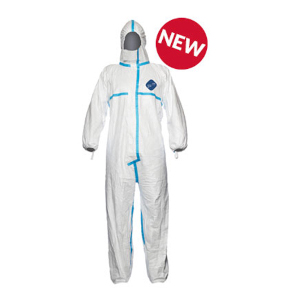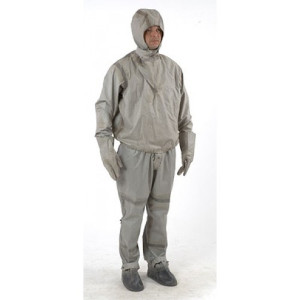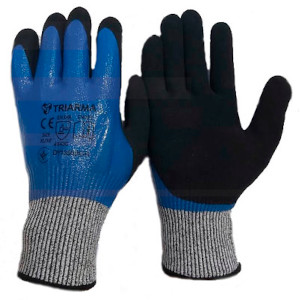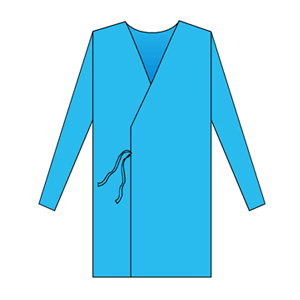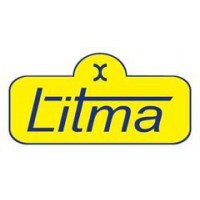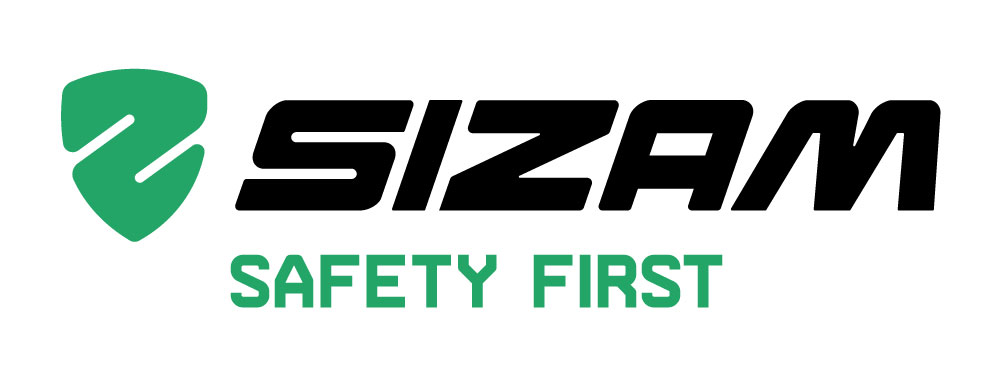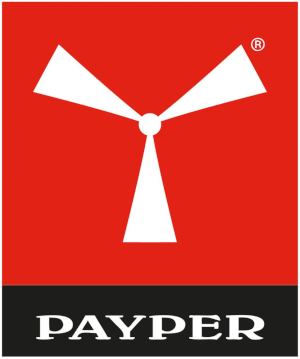Yuasafeti Protective Clothing: Protecting Life with the Right Gear
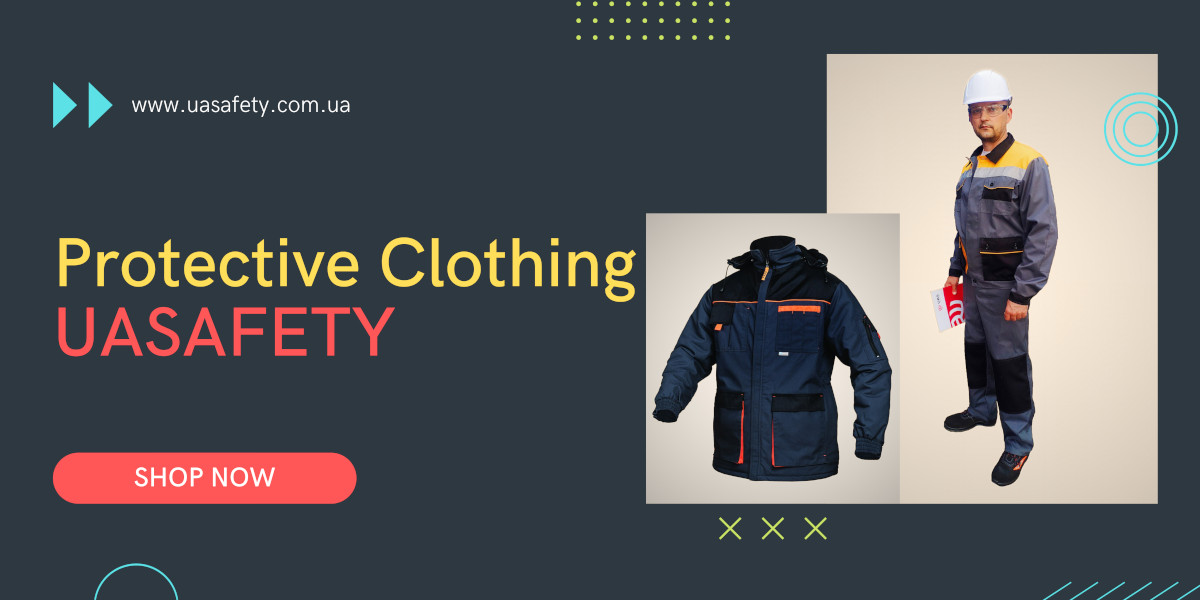
Scheme of the article:
- Introduction to protective clothing
- The importance of protective clothing
- Types of Yuasafeti protective clothing
- The main characteristics of protective clothing that should be considered
- Common materials used in protective clothing
- Recommendations for choosing the right protective clothing
- Advances in protective clothing technology
- Ensuring proper use and maintenance
- Conclusion
- Frequently asked questions
Yuasafeti Protective Clothing: Protecting Life with the Right Gear
In today's rapidly changing world Yuasafeti protective clothing plays a vital role in ensuring the safety and well-being of people in various industries. Whether it's protecting workers from hazardous environments or protecting healthcare workers from infectious diseases, the right protective clothing can make a big difference. This article examines the importance of protective clothing, the different types available, key features to consider, common materials, selection guidelines, technological advances, and best practices for use and maintenance.
Introduction to protective clothing
Yuasafeti protective clothing refers to clothing and accessories designed to protect people from potential hazards, including physical, chemical, thermal, biological, or electrical hazards. The main purpose of such clothing is to minimize the risk of injury, disease or infection, allowing people to perform their tasks confidently and safely.
The importance of protective clothing
Protective clothing is a vital line of defense, especially in high-risk environments. It acts as a protective barrier between the wearer and potential hazards, reducing the likelihood of accidents, injuries or long-term health problems. Whether in industries such as construction, manufacturing, healthcare or outdoor activities such as firefighting or extreme sports, wearing the right protective clothing is critical to personal safety and well-being.
Types of protective clothing from Yuasafeti
Protective clothing for industrial workers
Industrial workers face a wide range of hazards, including falling objects, chemical splashes, fire, and electric shock. Protective clothing for these workers may include hard hats, goggles, reflective vests, coveralls, gloves, and steel-toed boots. Each item of clothing serves a specific purpose and provides maximum protection in the appropriate work environment.
Protective clothing for medical workers
Healthcare workers are exposed to various infectious diseases, chemicals and biological hazards in their daily work. Protective clothing in medical facilities includes gowns, masks, gloves, face shields and covers. These items help prevent the transmission of infections, protecting both healthcare workers and patients.
Protective clothing for active recreation
Outdoor enthusiasts who engage in activities such as hiking, mountain climbing or cycling need protective clothing designed for weather conditions and providing adequate protection against environmental hazards. These can be waterproof jackets, thermal underwear, helmets, knee pads and elbow pads, as well as special shoes .
Key features to consider when choosing Yuasafeti protective clothing
Choosing the right protective clothing involves considering several key features to ensure optimal safety and comfort. These features include:
Durability and stability
Protective clothing must be made of durable materials capable of withstanding harsh environmental conditions. It must be resistant to tears, abrasions, punctures, chemicals, fire and other potential hazards.
Comfort and breathability
Wearing protective clothing for long periods of time can be problematic if it lacks comfort and breathability. Clothing should be designed with ergonomic considerations in mind, allowing for ease of movement and breathability to prevent excessive heat build-up or discomfort.
Protection against specific hazards
Different work environments require protection against specific hazards. For example, flame-resistant clothing is vital for workers exposed to fire or high temperatures, while chemical-resistant clothing is essential when working with chemicals.
Correct size and fit
Protective clothing should fit well and be available in different sizes for different body types. Improperly fitting clothing can compromise safety, restrict movement, and increase the risk of accidents or injuries.
Ease of maintenance
Ease of maintenance is critical to ensuring the durability and effectiveness of protective clothing. Machine washable, easy to clean and quick dry garments make it easy to care for.
Common materials used in protective clothing
Protective clothing is made using different materials depending on the specific hazards it is designed to reduce. Some common materials include:
Fire resistant fabrics
Flame-resistant fabrics such as treated cotton, aramid fibers or modacrylic are critical to protecting against fire and heat hazards. These materials are designed to protect against ignition, prevention of flame spread and self-extinguishing.
Chemically resistant materials
Chemically resistant protective clothing is usually made from materials such as polyethylene, polypropylene, or polyvinyl chloride (PVC). These materials provide a barrier against hazardous substances, preventing them from coming into contact with the user's skin.
High visibility fabrics
High-visibility fabrics, often used in safety vests or jackets, are made from fluorescent colors and reflective materials. These garments improve visibility in low-light conditions, reducing the risk of accidents or collisions in industries such as construction or roadworks.
Cut-resistant fabric
Cut-resistant fabrics such as Kevlar or high-density polyethylene (HDPE) provide protection from sharp objects or machinery. These materials have high tensile strength, which minimizes the risk of cuts or lacerations.
Antistatic fabrics
Antistatic fabrics are designed to prevent the build-up of static electricity, which can be dangerous in environments with flammable substances or sensitive electronic equipment. This clothing dissipates static charges, reducing the risk of sparks or explosions.
Yuasafeti's guide to choosing the right protective clothing
Choosing the appropriate protective clothing requires careful consideration of various factors. Here are some recommendations that will help you make the right choice:
Assessment of workplace hazards
Start with a thorough assessment of workplace hazards and the potential risks people face. Determine the types of hazards, their intensity, and the necessary protective measures.
Compliance with safety standards
Make sure the protective clothing you choose meets the applicable safety standards and regulations. Look for certifications or labels that indicate compliance with industry guidelines.
Proper training and education
It is very important to ensure that the persons who will use the protective clothing are properly trained and educated. They must be familiar with the proper use, maintenance, and limitations of the equipment to maximize its effectiveness.
Regular maintenance and replacement
Inspect and maintain protective clothing regularly to keep it in good condition. Follow the manufacturer's instructions for cleaning, repairing and replacing damaged or worn parts.
Personalization and branding
Consider personalizing protective clothing with employee names, company logos, or other identifiers. This promotes a sense of ownership and strengthens the safety culture in the organization.
Advances in protective clothing technology
As technology advances, protective clothing has also undergone significant changes. Some notable achievements include:
Intelligent fabrics
Smart fabrics include sensors or embedded technologies to monitor environmental conditions or the wearer's vital signs. These tissues can detect heat, chemicals or changes in heart rate, providing real-time feedback and increasing safety.
Application of nanotechnology
Nanotechnology has revolutionized protective clothing by enabling the development of fabrics with improved properties. Nanoparticles can be applied to textiles to give them stain resistance, water repellency, antimicrobial properties or to increase durability.
Ergonomic design
Designers are currently focusing on ergonomic considerations to improve the fit and comfort of protective clothing. Innovative design with stretchy fabrics, adjustable features and breathable panels increases mobility and reduces fatigue.
Integration of wearable devices
Protective clothing can now integrate wearable devices such as body cameras, communication systems or health monitoring devices. This integration increases situational awareness, improves communication and enables rapid response in emergency situations.
Ensuring proper use and maintenance
To get the most out of protective clothing, it is important to follow the rules for its use and maintenance. Pay attention to the following recommendations:
Correct donning and doffing methods
Train people on proper procedures for donning and doffing protective clothing. This includes methods of wearing gloves, masks or coveralls to minimize the risks of contamination.
Cleaning and storage instructions
Follow the manufacturer's recommendations for cleaning and disinfecting protective clothing. Store clothes properly in designated areas, protecting them from damage or contamination.
Inspection and repair
Inspect protective clothing regularly for signs of wear, damage or deterioration. Immediately repair or replace parts that do not provide adequate protection.
Disposal of used protective clothing
Ensure that protective clothing is disposed of properly in accordance with applicable regulations. This may include recycling, incineration or disposal at designated collection points.
Conclusion
Yuasafeti protective clothing is the most important element in protecting people from potential hazards in various industries and activities. By understanding the importance of protective clothing, taking into account key features, materials, selection guidelines and advances in technology, individuals and organizations can make informed choices prioritizing safety and well-being. With proper use and maintenance, protective clothing can effectively serve its purpose and contribute to a safer work environment and recreational conditions.
Frequently asked questions
How often should I change my protective clothing?
- The frequency of replacement depends on various factors, including the type of protective clothing, its intended use, and the manufacturer's recommendations. Regularly inspect clothing and replace it if it shows signs of wear, damage, or if it no longer meets safety standards.
Can protective clothing be washed at home?
- It is very important to follow the manufacturer's recommendations for cleaning protective clothing. While some items can be washed safely at home, others may require special cleaning methods or professional washing to maintain their protective properties.
Do you need to wear protective clothing during active recreation?
- It is strongly recommended to wear appropriate protective clothing during outdoor activities, especially when engaging in extreme or risky sports. Protective gear can minimize the risk of injuries such as fractures, cuts or head injuries, providing an extra level of safety.
Are size options available for protective clothing?
- Yes, protective clothing is usually available in different sizes for different body types. Correct sizing is critical for optimal comfort, fit and protection, so people should choose clothing that fits their size
Can I personalize my protective clothing with my company logo?
- Personalizing protective clothing with company logos, employee names, or other identifiers is common practice. This fosters a sense of ownership, fosters team spirit and strengthens the safety culture within the organization.
Where to buy Yuasafeti protective clothing?
- The company UASAFETY LLC (UAS) produces high-quality PPE, as well as imports and sells personal protective equipment in Ukraine. In our Yuasafeti catalogs more than 2,000 names of professional PPE and modern branded overalls and footwear are presented, including from world-famous brands.
